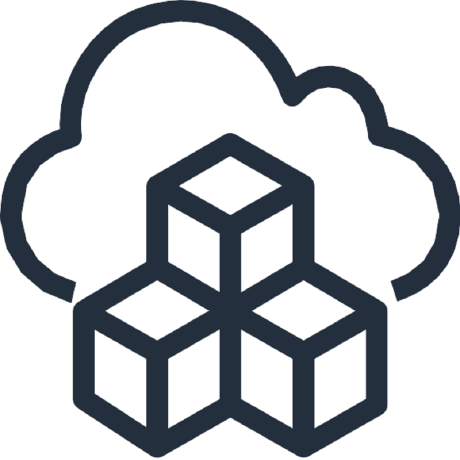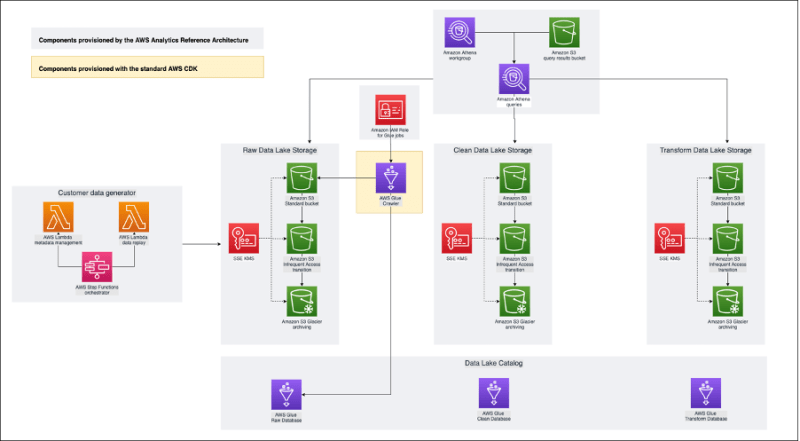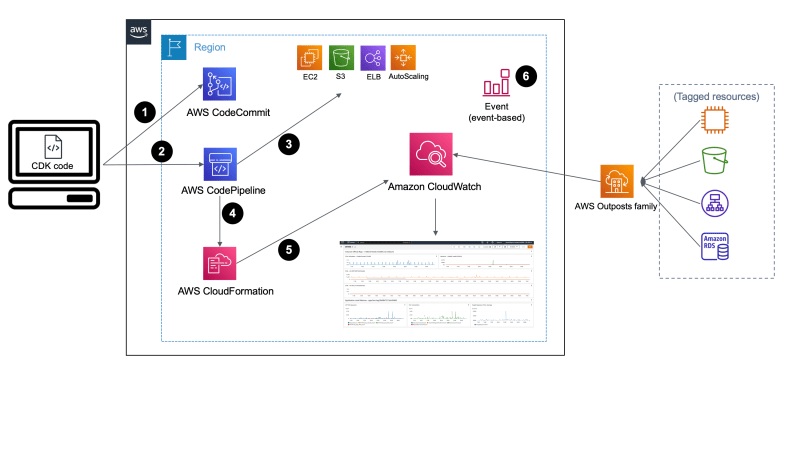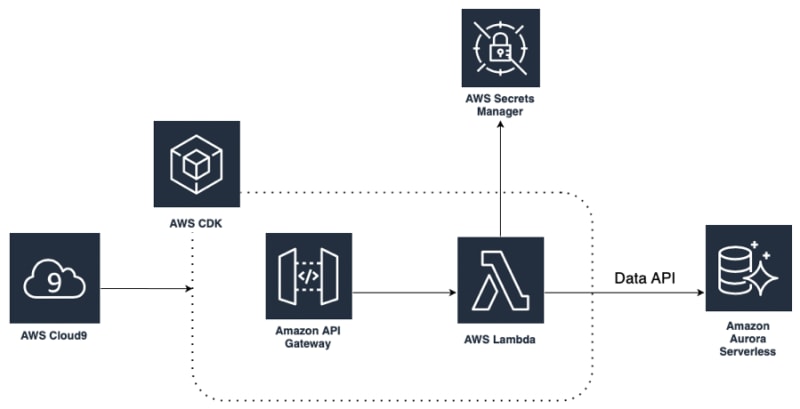The dynamic landscape of cloud computing continues to evolve, pushing the boundaries of what's possible in the realm of application development and deployment. At the forefront of this revolution is the AWS Cloud Development Kit (CDK), a robust development framework that has significantly changed how developers work with AWS. This article presents a deep-dive into the AWS CDK, its inner workings, advantages, and practical application.
Introducing AWS CDK
The AWS Cloud Development Kit (AWS CDK) is an open-source software development framework for defining cloud infrastructure in code and provisioning it through AWS CloudFormation. It employs an abstraction model which enables developers to harness the full power of modern programming languages to define and provision their cloud application infrastructure. This innovative approach to infrastructure management allows developers to leverage AWS' suite of services with greater ease and flexibility.
Unpacking the AWS CDK
AWS CDK is an immensely powerful tool, but what sets it apart? A deep-dive into the mechanics of the AWS CDK unveils its unique characteristics and working principles.
The Language Advantage
Unlike traditional cloud infrastructure management tools that often use JSON or YAML-based DSL (Domain Specific Language), AWS CDK supports TypeScript, JavaScript, Python, Java, and C#. This lets developers define AWS resources using the same language they are developing their application in, creating a seamless development experience.
Constructs: Building Blocks of AWS CDK
The AWS CDK revolves around a key architectural element called "Constructs." These are the basic building blocks of AWS CDK apps. A construct represents a "cloud component" and encapsulates everything AWS CloudFormation needs to create the component.
A single construct could represent a single S3 bucket, an SNS Topic, an entire multi-stack application, or anything in between. Constructs can include other constructs to form a hierarchical, tree-like structure, which makes AWS CDK highly modular and promotes code sharing and reusability.
Synthesis: From App to CloudFormation
Once an AWS CDK app is defined, the CDK synthesizes it into a CloudFormation template. This template is a JSON or YAML file that AWS CloudFormation can deploy into an AWS environment. The synthesized CloudFormation template is an intermediary artifact and is automatically managed by the CDK.
Harnessing the Power of AWS CDK: Key Advantages
Utilizing the AWS CDK introduces numerous benefits to your cloud development process, making it more efficient, manageable, and enjoyable.
Developer-Friendly: AWS CDK allows developers to define AWS resources in familiar, high-level languages, eliminating the need to learn a new language or write extensive JSON or YAML files.
Reusable and Shareable Components: AWS CDK’s constructs are shareable and reusable across multiple AWS CDK apps. This promotes consistency, reduces code duplication, and accelerates development speed.
Reduced Complexity: AWS CDK simplifies the process of creating and managing AWS resources, making it easier for developers to build, test, and deploy their applications.
Integrated Developer Tools: AWS CDK integrates with developer tools and supports various testing methodologies, providing a full-fledged development experience.
Practical Application: Building a Serverless Web Application with AWS CDK
To understand the AWS CDK's practical capabilities, let's consider the example of setting up a serverless web application. This application will be composed of Amazon S3 for storing static web resources, AWS Lambda for running server-side code, and Amazon API Gateway as an HTTP frontend.
The following steps outline the process:
Define a new stack for the serverless web application: A stack in AWS CDK is a unit of deployment, analogous to a CloudFormation stack. You start by defining a new stack in your preferred language.
Define resources within the stack: Within the stack, you define the resources you need for your serverless web application. These include an Amazon S3 bucket for static web hosting, an AWS Lambda function to handle server-side logic, and an Amazon API Gateway for routing HTTP requests to the appropriate backend services.
Synthesize and Deploy the Application: Use the AWS CDK to synthesize this application into an AWS CloudFormation template. You can then deploy this template to an AWS account using the AWS CDK’s deploy command. This command initiates the AWS CloudFormation service to create and manage the specified AWS resources.
This real-world scenario exemplifies the efficiency and power of AWS CDK, enabling developers to manage and deploy complex cloud architectures with a few lines of familiar, maintainable code.
Conclusion: Reshaping Cloud Development with AWS CDK
The AWS Cloud Development Kit (CDK) offers a robust, flexible, and developer-friendly framework for defining and managing cloud infrastructure in code. As developers continue to embrace the paradigm shift towards infrastructure as code (IaC) and serverless computing, the AWS CDK stands as a game-changer.
Its ability to let developers use familiar languages to define AWS resources, combined with its modular architecture and seamless integration with AWS CloudFormation, makes the AWS CDK an indispensable tool in any AWS developer's toolkit.






Top comments (0)